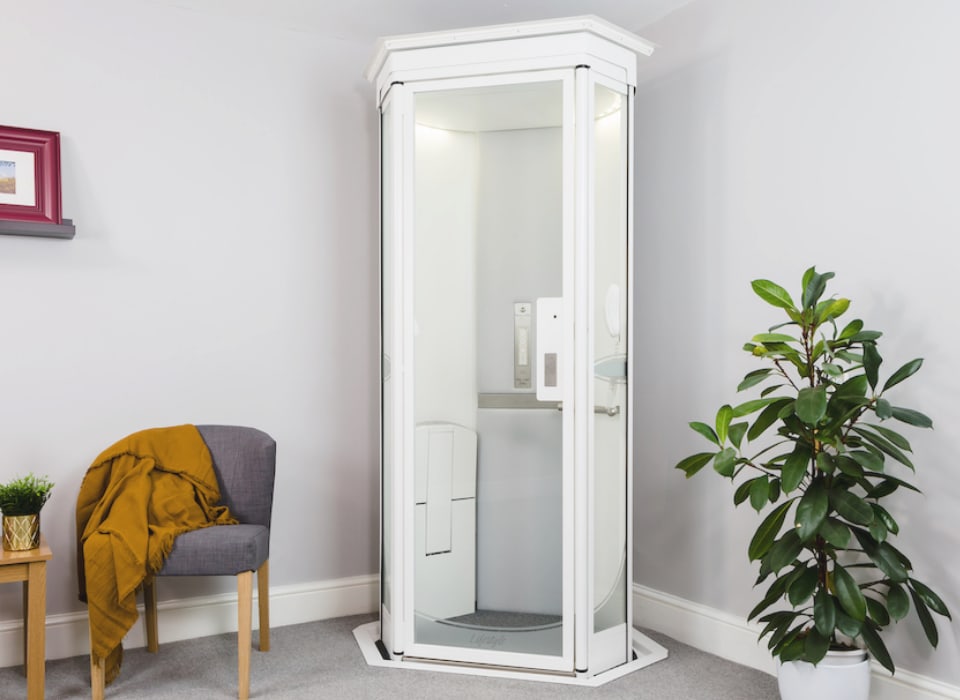Digging Into the Globe of Elevators: Usual Problems Faced by Different Lift Mechanisms
As we browse through the upright transport systems of contemporary buildings, elevators stand out as a crucial element of our day-to-day lives. Nevertheless, behind their smooth operation exists a globe of elaborate devices that can in some cases run into challenges. From hydraulic lifts to grip systems and machine-room-less styles, each lift kind features its set of typical problems. Recognizing these challenges is essential for making sure the smooth performance of these important systems. Let's discover the complexities that underlie the procedure of elevators and the prospective problems that can emerge, dropping light on the complex web of lift devices.
Hydraulic Lifts
Hydraulic elevators, usually preferred for low-rise structures, use fluid pressure to control the movement of the elevator cars and truck (lift repair companies). This device entails a hydraulic pump pushing oil into a cylinder, causing the elevator to move in the desired direction. While hydraulic elevators are known for their peaceful and smooth operation, they do come with their own set of common issues
One prevalent trouble with hydraulic lifts is oil leakage. Additionally, concerns with the control system, such as malfunctioning valves or a malfunctioning pump, can cause disruptions in the lift's motion.
Regular upkeep and timely repair work are important to ensure the smooth performance of hydraulic elevators. By addressing these usual problems proactively, building proprietors can lessen downtime and guarantee the safety and performance of their vertical transport system.
Traction Lifts
When taking into consideration vertical transport systems in buildings, an additional typical type besides hydraulic elevators is the grip elevator. Grip elevators run using a system of ropes and weights that move the lift vehicle by clutching onto the hoist ropes. This system enables smoother and quicker vertical transportation contrasted to hydraulic systems.
One of the usual issues encountered by traction lifts is rope wear. The constant motion of the ropes within the grip system can result in tear and use with time, potentially creating the elevator to malfunction or end up being risky for use. Normal evaluations and upkeep of the ropes are important to make sure the elevator's appropriate performance and safety.
One more problem that grip elevators may run into is connected to the control system. Issues with the control system can bring about issues such as erratic motion, hold-ups in response times, and even total closures. Normal screening and maintenance of the control system are vital to prevent such problems and make sure the lift's integrity.
Machine-Room-Less (MRL) Elevators

One of the crucial components of MRL lifts is the compact gearless grip device that is mounted within the hoistway. This device efficiently drives the elevator car without the demand for bulky devices found in website link standard traction elevators. In addition, MRL elevators commonly utilize a weight system to balance the auto, further boosting their power effectiveness.
In additional hints spite of their benefits, MRL lifts might face difficulties connected to upkeep and repair work as a result of the constrained space for equipment installation. Availability for servicing parts within the shaft can be restricted, calling for specialized training for technicians. Appropriate maintenance routines and routine assessments are critical to ensure the continued smooth operation of MRL lifts.
Overloading and Weight Limitation Issues
Overloading and weight restriction concerns are vital issues in elevator procedures. Lift producers design raises with certain weight capabilities to ensure guest security and equipment longevity.
When lifts are overwhelmed, it puts too much stress on the electric motor, cords, and other components, possibly causing breakdowns or malfunctions. If they discover excess weight, safety systems such as sensors and overload sensing units are in place to protect against elevators from relocating. Furthermore, going beyond weight limitations can bring about enhanced power consumption and damage on the elevator system.
To alleviate overloading problems, constructing managers need to prominently show weight restrictions in elevators and enlighten occupants on the value of sticking to these restrictions - lift repair companies. Routine upkeep checks by certified service technicians can additionally help make sure that lifts are operating within safe weight specifications. By addressing overloading and weight limitation problems proactively, structure owners can enhance elevator security and performance
Electrical System Failures
Surpassing weight limits in elevators can not just lead to mechanical concerns however likewise potentially contribute to electric system failings within the lift facilities. Electrical system failings are a critical concern in lift procedure, as they can cause unexpected closures, breakdowns, or even safety threats.
In addition, power surges or fluctuations in the electric supply can likewise disrupt the lift's procedure, affecting its efficiency and security. These electrical disruptions can damage sensitive lift components such as control board, circuit card, or sensors, bring about system failings. Regular upkeep and evaluations are crucial to recognize and attend to potential electric issues immediately, guaranteeing the secure and effective operation of elevator systems. By sticking to weight limitations and performing routine electric system checks, building proprietors can mitigate the danger of electrical failures in lifts.
Verdict

Hydraulic elevators, usually chosen for low-rise structures, utilize fluid stress to control the motion of the lift automobile.When taking into consideration vertical transport systems in structures, another typical kind aside from hydraulic lifts is the grip elevator. Traction lifts run utilizing a system of ropes and weights that relocate the elevator cars and truck by gripping onto the hoist ropes. Unlike conventional lifts that call for a separate maker area to house the equipment, MRL elevators incorporate many of the parts within the shaft, eliminating the requirement for a committed click machine space.In final thought, lifts encounter common issues such as hydraulic malfunctions, grip system failings, and electric system troubles.
Comments on “Economical Lift Repair Near Me: Professional Service Technicians at Your Solution”